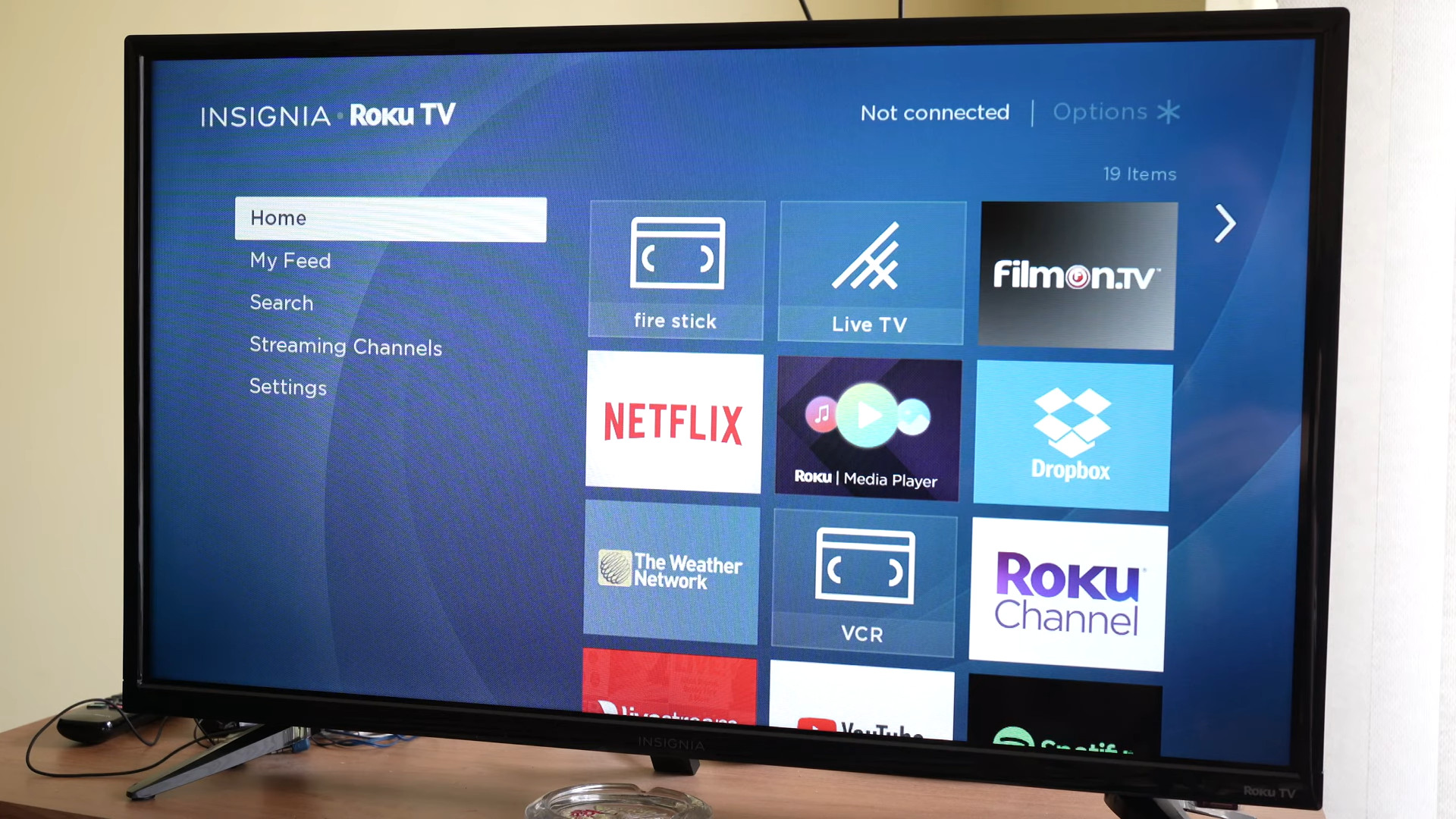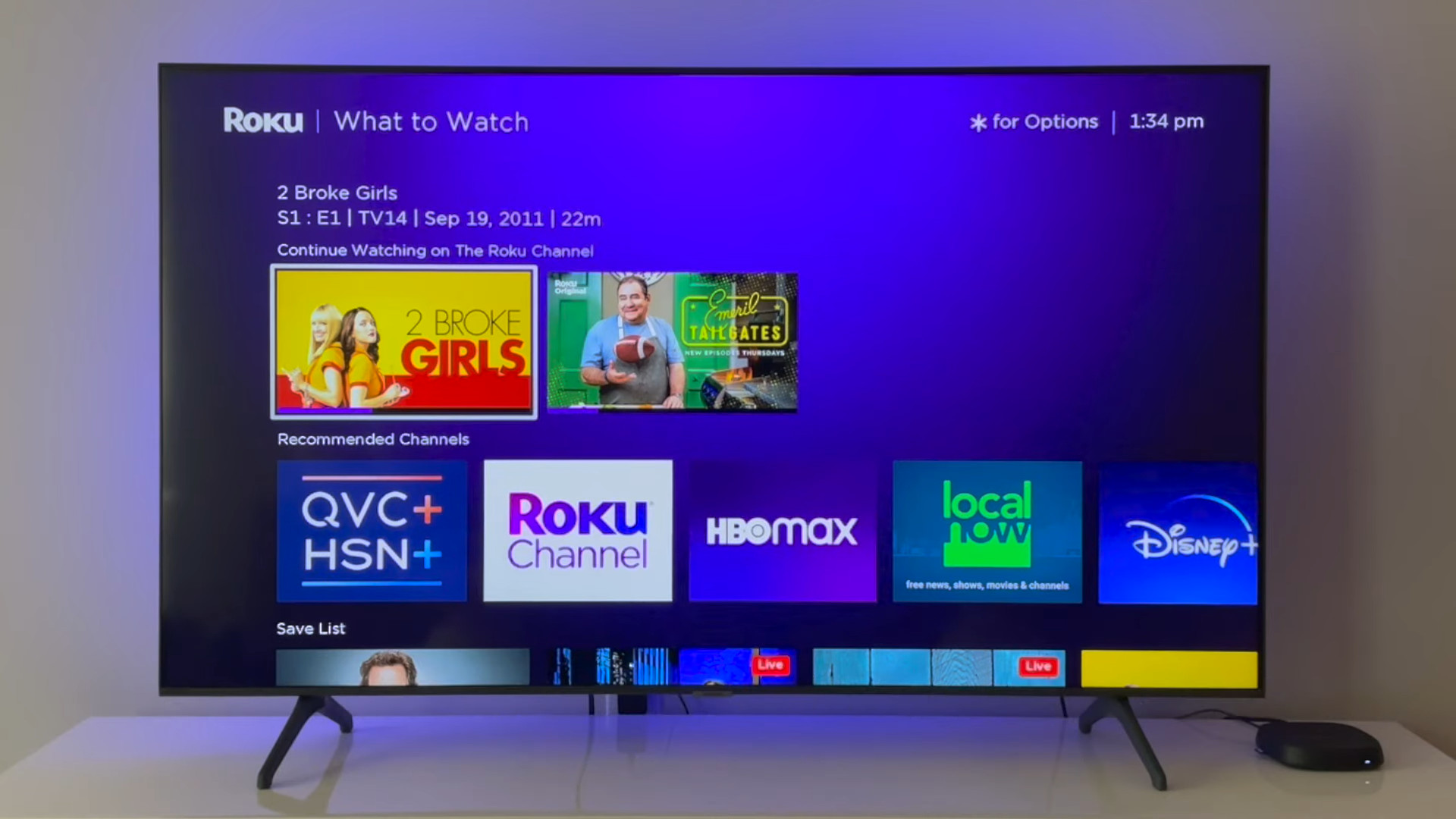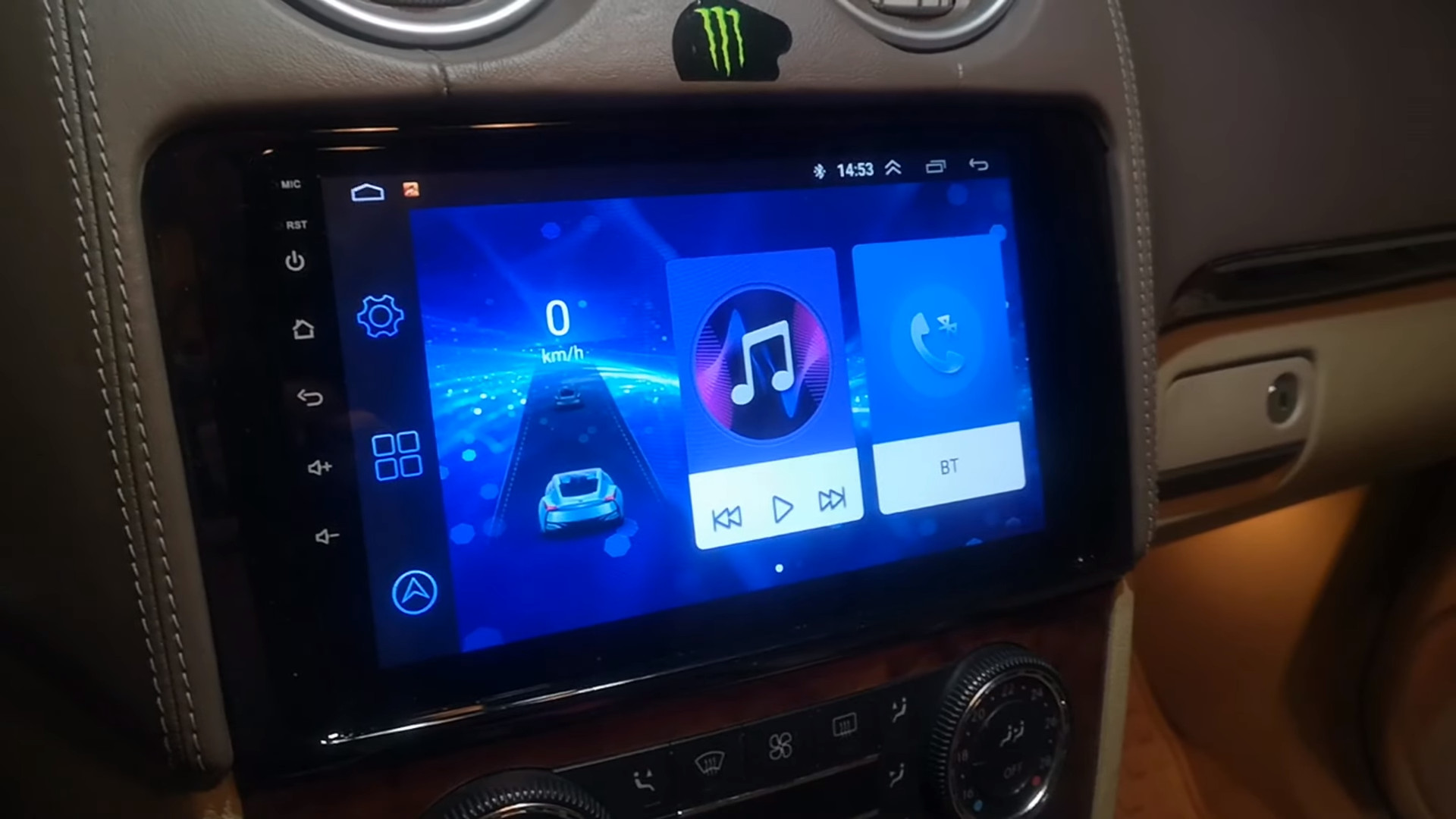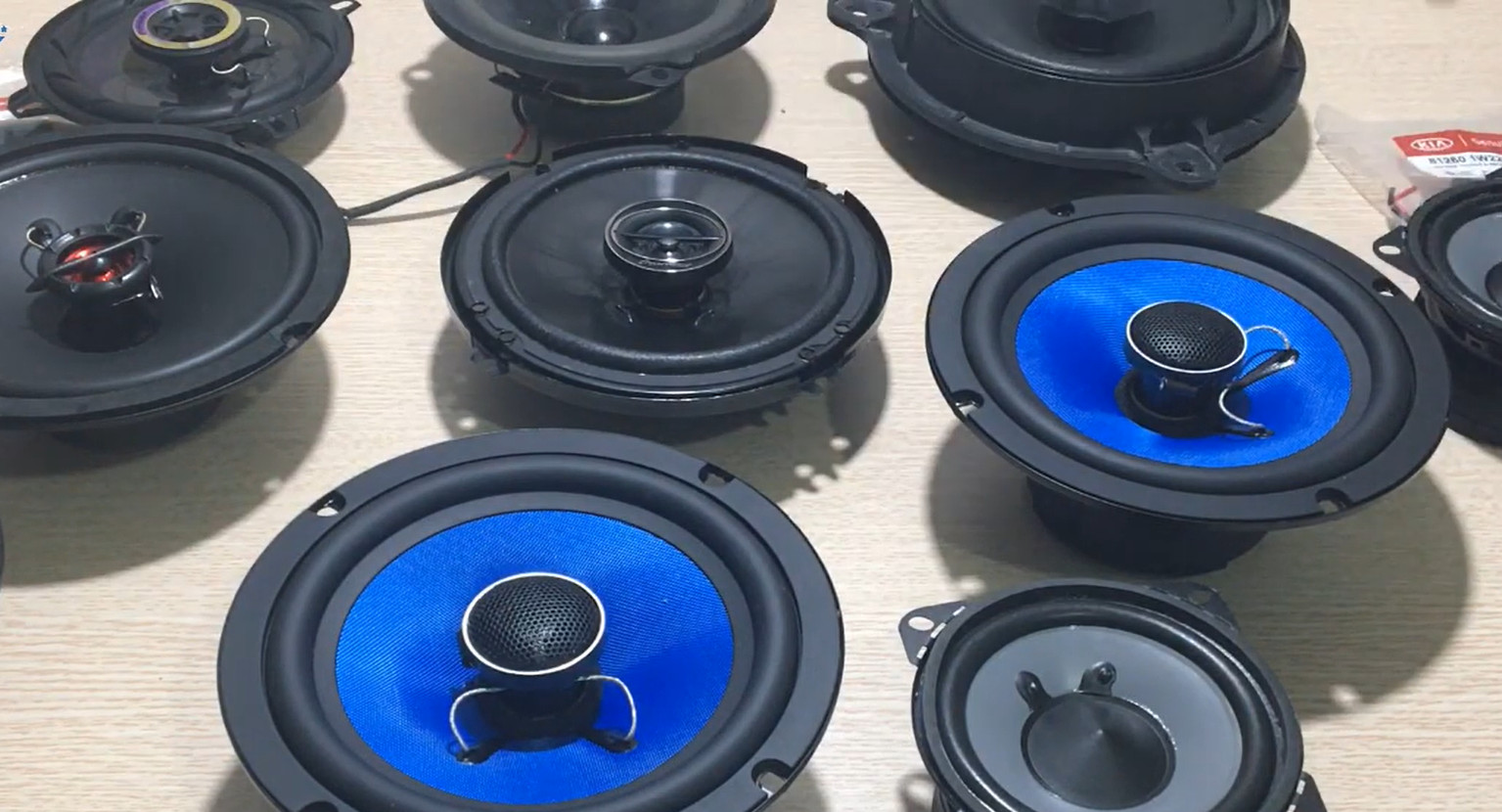Active Vs Passive Subwoofer: Which one should you choose?
The subwoofer is an indispensable item if you want to set up a high-end and complete home theater system. However, choosing a suitable subwoofer is challenging since it comes in various sizes, designs, and categories.
You may have heard of the term active and passive subwoofers but don’t know what they are. So, what are active and passive subwoofers? How are they different in functions and operation?
If you are wondering about these questions, follow this active vs. passive subwoofer comparison. I will show you a straightforward answer.
Contents
What Is A Passive Subwoofer?
This category is called passive because the device cannot supply electricity by itself. So, a passive subwoofer needs an additional energy supplier to operate.
The common electricity providers are Audio/Video (A/V) receivers or external amplifiers. In this way, the passive subwoofers work more like a traditional speaker, but they produce only low-pitched audio frequencies.
For the subwoofer to operate normally, the AV receivers or amps must be strong enough to supply it. If the electricity capacity doesn’t match, the sub will drain its power supply and malfunction.
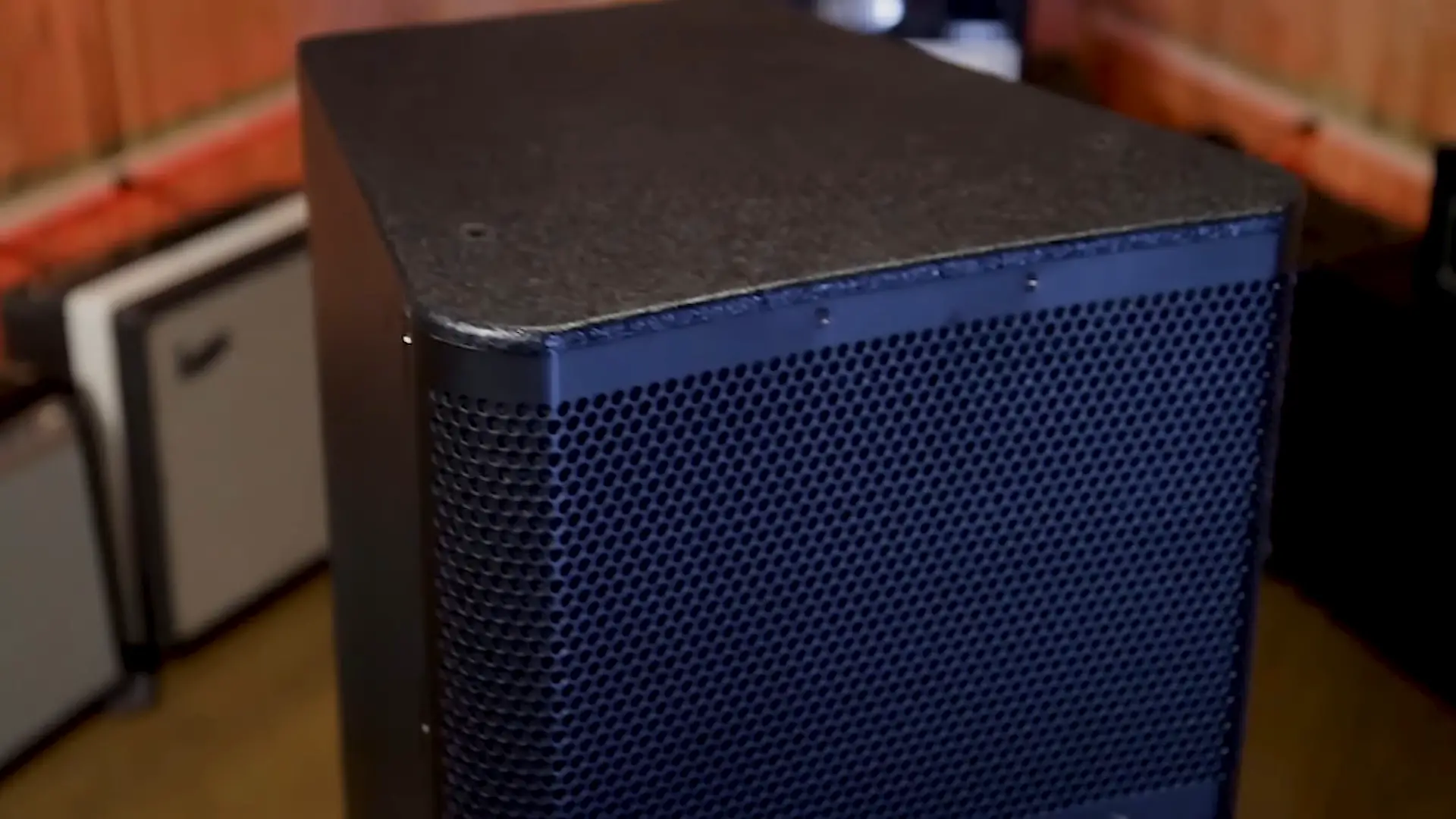
What is An Active Subwoofer?
Active or powered subwoofers can supply power and operate on their own with a built-in amplifier. For this feature, the active subwoofer is more prevalent and user-friendly.
Setting up an active subwoofer is also simple since you don’t need to pair it with an additional power supply. If you don’t want too many cables or devices in your audio setup, an active subwoofer would be ideal.
The active subwoofer acts as a unified device. Thus it comes with a higher price on average. So, how is the active subwoofer different from the passive products? I will discuss this issue in the following sections.
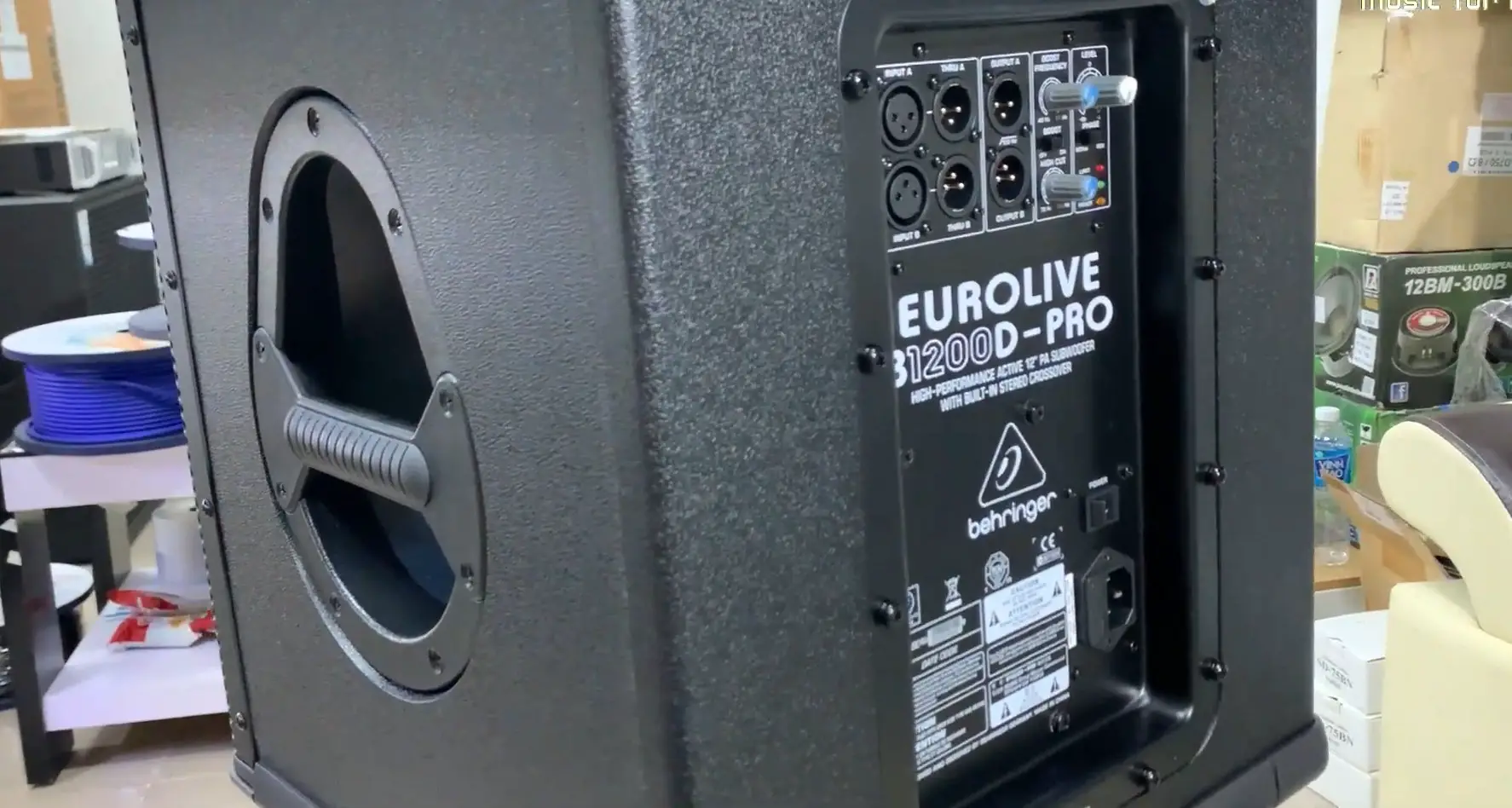
Differences Between Active Vs Passive Subwoofers
| Features | Active Subwoofer | Passive Subwoofer |
| Design | Capitalizes on bass frequencies and LFE channels using only one speaker | Gives room for more customization and configuration over the audio home theater system |
| Power | Consume more electricity due to the integrated amp | Consumes less power on average |
| Price | Higher price on average | Lower cost on average |
| Set-Up | – Can be put far away from the receiver – Don’t need as many cables and additional devices – Larger sizes | – Compact design without an integrated amp- Require high-end connecting cables |
| Connectivity | It is the best match for simple home audio systems that involve only one single speaker. | Allowing you to pair many speakers in a wide home audio setup It is compatible with most amplifiers and receives |
| Pros | – Ideal for small rooms with only one speaker- More aesthetical and cleaner setup – Doesn’t require many cables – More convenience and ease in placement | – Ideal for large audio theater systems with multiple speakers – Lower price and energy consumption – Higher compatibility |
| Cons | – Consumes more power- Higher price- It can only accommodate a single speaker | – The added electricity from the additional amp is quite high – Require more cables and a power source to operate |
Design
The core difference between these two categories lies in their components. An active subwoofer is self-contained with an integrated amplifier.
Meanwhile, the passive subwoofers cannot operate on their own without connecting to an additional receiver or amplifier because they don’t have a built-in amp to sustain electricity.
Related: Does HDMI carry Audio?
Set-Up
The active subs can operate as a stand-alone unit, thus saving much space and convenience in setting up your audio system. You don’t need to pair it with an amp or receiver with obstructive cables.
The setup of active subwoofers seems cleaner and more aesthetic since you can put the device further away from the speaker. Meanwhile, the passive subwoofers are ideal for large audio setups.
They allow you to pair multiple subs to act as a unified home theater system in a large room, thus gaining louder and deeper sound quality.
Power
Most active subwoofers consume higher power than passive ones since they need more electricity for the built-in amp. Meanwhile, the passive subwoofers can facilitate many speakers at lower energy consumption.
However, passive subwoofers do not necessarily use less power. The power wattage from the external amp or receiver added up may even exceed a stand-alone active device.
Connectivity
For a passive subwoofer, you need to connect it to a receiver or amp with a matching power supply. However, you also must take into account the speaker’s power consumption so the whole audio system can function properly.
Since the passive subwoofer doesn’t have a built-in amp, you can freely adjust the power supply to accommodate more speakers. Therefore, the passive subs allow you to set up a large audio system with multiple speakers.
In addition, the passive subwoofer is compatible with most receivers and amps on the market, giving you more freedom in setting up. Meanwhile, the active subs are usually used for capitalizing on the LFE channel.
It can produce high-quality sound without the need for any additional units. For this reason, active subwoofers are a great option for a simple and small home theater system with only one speaker.
Related: Do Monitors Have Speakers?
Price
Since active subwoofers possess more components to produce the best bass sound, their price is often higher than passive subwoofers. The active subwoofers also come with more high-end features.
The subwoofers come at significantly lower price ranges. Yet, you have to purchase an additional power supply and premium connecting cables to set up the device.
Passive Vs. Active Subwoofers: Which is Better?
Before making the verdict, I must remind you that both active and passive subwoofers have nearly similar performance and sound quality.
The value varies depending on the device’s features and capabilities, but whether a sub is active or passive doesn’t decide its audio quality. You should choose a passive subwoofer for large rooms and audio setup.
You can place the device in hard-to-reach corners and link multiple speakers to create greater ambiance and bass sound. Meanwhile, the active subwoofers are ideal for the smaller setup that requires only one single speaker.
In this case, you don’t have much space for additional wires and amps. Thus an active subwoofer is more than sufficient for your listening needs.

Final Thoughts
I hope that this active vs. passive subwoofer comparison can help you choose the best category for your needs. Consider their cost and what type of audio setup you desire before making the decision.
Thank you for reading!

